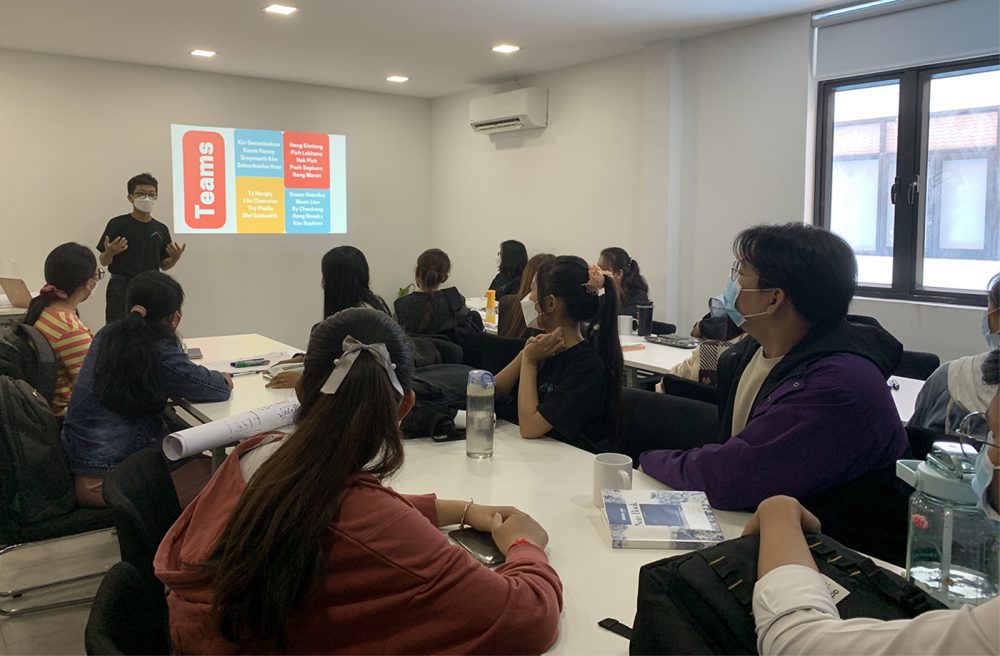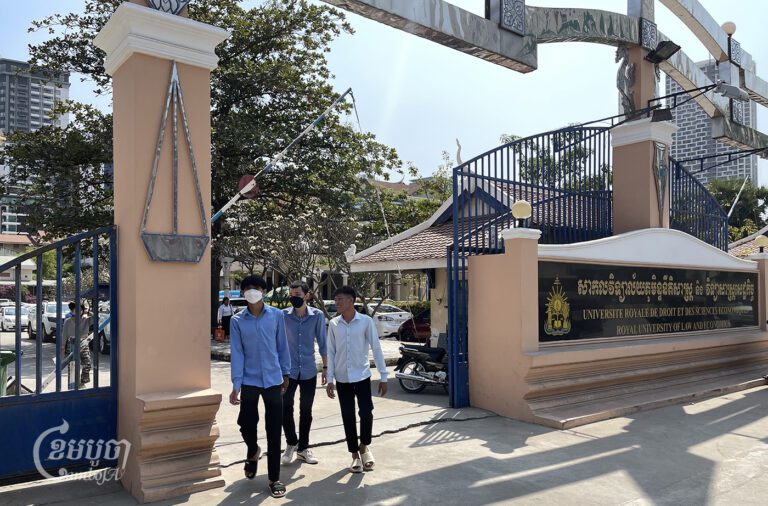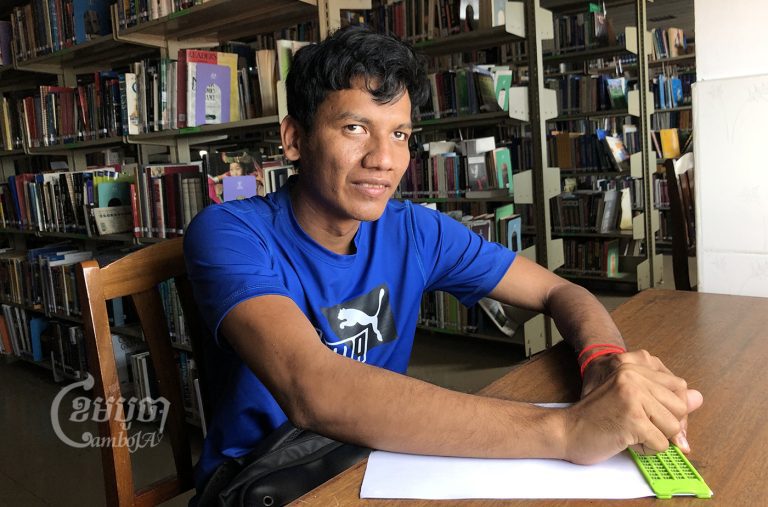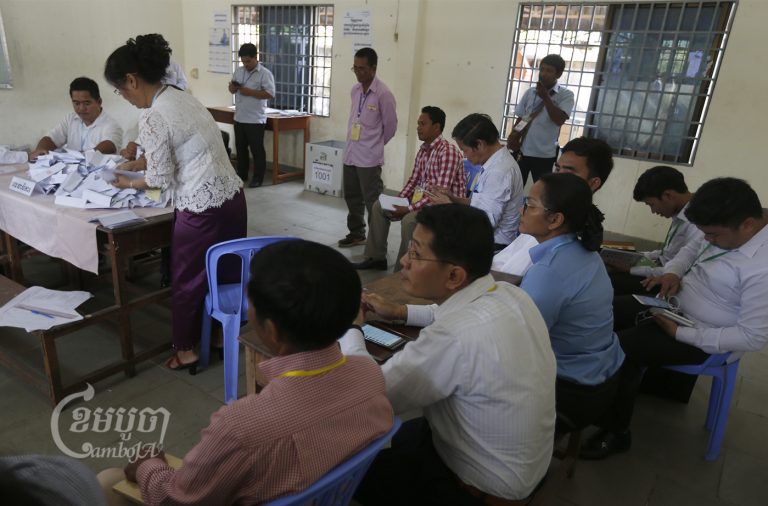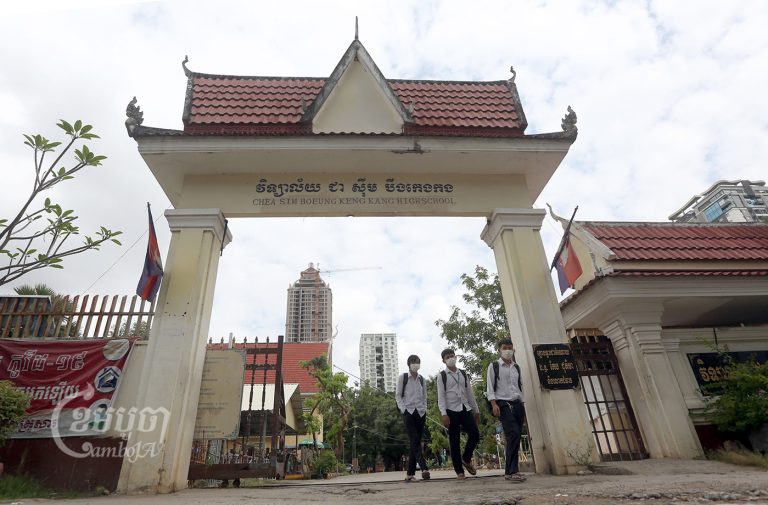Cambodian students, particularly from low-income families, are struggling for internship opportunities that pay.
Most students begin to look for internships in their second year to gain work experience and build new skills while studying. However, many internships are unpaid, and this places greater difficulties on students from low-income families: they have to accept the financial burden to remain competitive or forgo internships.
In the face of all this, CamSEED, a local startup aimed at promoting a culture of paid internships in Cambodia by reconciling both the labor needs of companies and the career aspirations of students, launched a campaign today to provide 1,000 paid internship opportunities.
Hao Sophareth, 17, co-founder of CamSEED, said that providing a wage for interns will mean equal opportunity for all students, regardless of their family backgrounds.
“There are many internship opportunities for students. However, there are few internships that provide financial assistance. For some low-income students, this is a challenging task. They live in a hard situation where they have to pay for school, gas, housing, food… and when they do their internship, they do not even get paid,” he said.
He said that there are two reasons why organizations don’t offer to pay interns. Employers often think that students are not yet competent enough to receive a wage, and they also see internships – even unpaid – as a rite of passage and a lucky opportunity students should be grateful for.
“So, we need to look at both sides. What do students need and what does the company need? If we want students to be paid for internships, we also need to strengthen the students’ ability to be competent, responsible, and ready,” he said.
That’s why the 1,000 Internship Campaign was launched. “CamSEED is committed to improving an allowance for interns at the company. Although students have the chance to get an internship to help them enhance their skills and gain experience, we believe the internship should pay them well,” Sophareth said.

Kim Chilin, who has interned as a project assistant for more than four months, said that it was tough for him to live on the small allowance – $50 per month – that he was offered for the duration of his internship.
“My family is poor, so all the expenses for my studies and my internship are my own responsibility. It can be really difficult at times.”
He said that the amount he is being paid is insufficient to cover even his daily demands and that he needs financial assistance. “In order to deal with these problems, I sometimes have to ask my family for help or borrow money from friends, and sometimes I don’t have enough food to eat.”
However, even if he runs into financial troubles during his internship, he feels he must persevere – or stand to lose his prized internship.
“No matter what obstacles I encountered during the internship, I persevered because it is a job I loved and allowed me to learn and gain knowledge,” Chilin said.
He feels that the chances of getting an internship are unequal for students from high-income and low-income backgrounds. Wealthy students can afford to be unconcerned about money, while poor students cannot always seize internship opportunities immediately because they must first consider their financial situations and the possibility of applying for financial assistance. Ultimately, some of them will be forced to decline unpaid internship opportunities altogether.

Kong Sreyrath, a former intern in the communications sector, said that she only interned for three months out of the six months she was offered. She had to stop working when she ran into financial problems.
“During the three months of the internship, it was very difficult for me. So I asked them if I could stop and I looked for a job that could pay some money,” she said.
She is grateful for CamSEED’s 1,000 Internships Campaign to promote a culture of paid internships. She also said that if an organization truly wants to help youths achieve their potential, they should consider providing interns with a budget for daily expenses for the duration of their internships.
“Even though we went as interns, we contributed and worked as much as the staff,” Sreyrath said. “I cannot go to an internship where there is no budget for me because I cannot support the daily expenses.”
Lim Buntheng, 23, a digital marketing executive who has found this to be a long-standing issue, said the main problem with unpaid internships is that it keeps poor students from accessing opportunities.
He said that when an unpaid internship cannot provide students with income to meet their basic needs or pay for school, then they are forced to look for other opportunities, which may be less relevant to their field and which may not contribute fully to their career path.
“I believe this is because of the competitive job market. Companies want to reduce their expenses, so an unpaid internship is like a free trial of labor. Some companies have a culture of hiring ‘volunteers’ or unpaid interns to give their products or services an advantage in the market. They see that students want experience, so they use that as a bargain for the unpaid internship.”
He suggested that interns should be provided with an appropriate daily allowance because that would enable under-privileged students to access opportunities like rich students. This will close the gap between them and equip poor students with the resources to stay competitive in today’s job market.


